What Makes a SUV & 4X4 Capable Off Road? | Ford Australia
Off Road SUV Capability
The Freedom to Explore
Push your limits and get off-road in a Ford SUV. Before you start to adventure, ensure your car is up to the test.
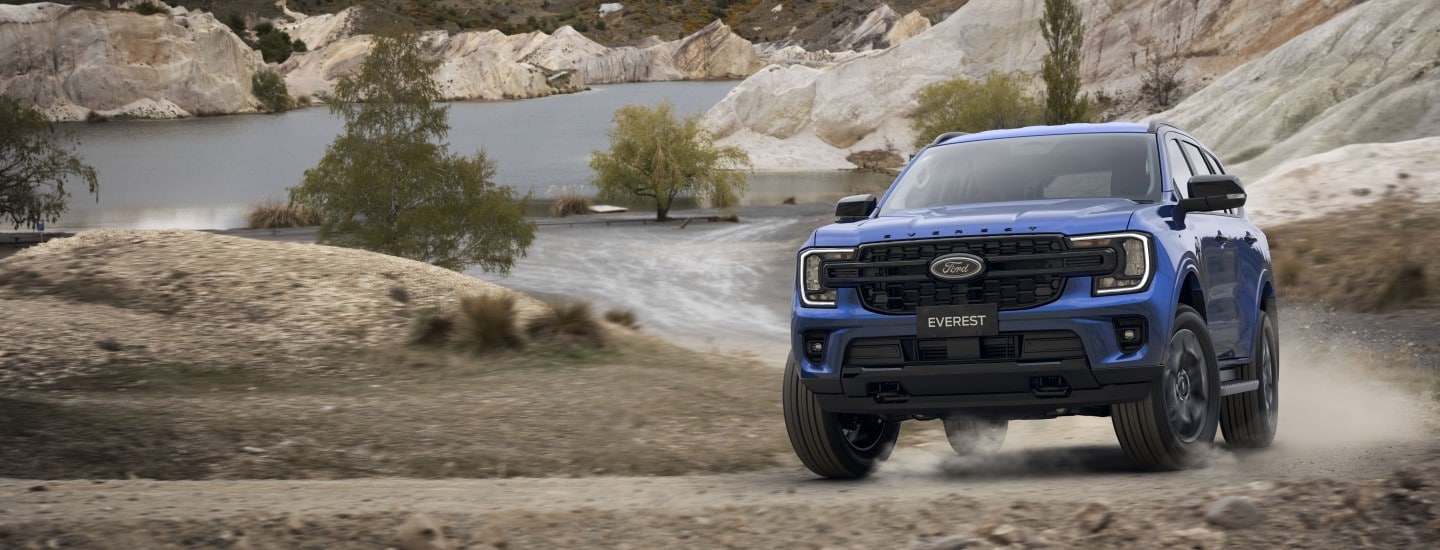
What makes an SUV capable off-road?
While there are many vehicles that can handle extreme off-road driving conditions, SUVs are some of the more capable due to their size, shape and power.
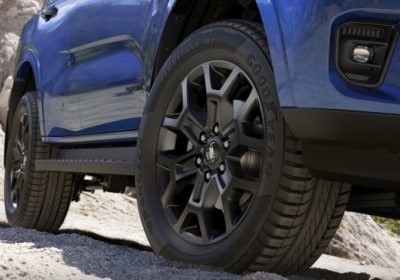
Clearance
SUVs that sit higher and have better ground clearance allow you to crawl and climb over rock and mud with a steeper departure angle, preventing damage to the underside of the car and engine.
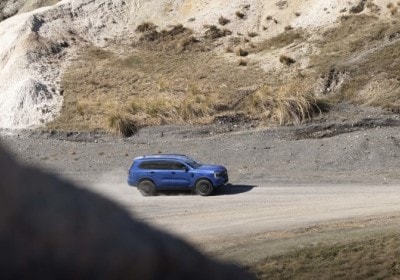
Power & torque
An SUV with a diesel engine will provide you with an intelligent distribution of power and torque across each individual wheel, getting you out of sticky situations and across varying terrain.
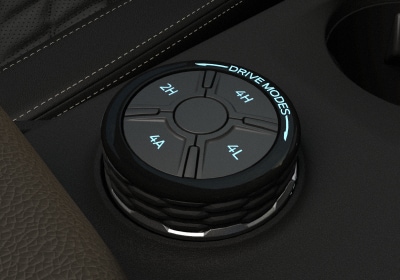
Selectable Drive-Modesdriver-assist-1
The Everest gives you command of up to six on- and off-road drive modes to help master every terraindriver-assist-1. Depending on the Everest model, selectable drive modes include the following: Normal, Eco, Tow/Haul, Slippery, Mud/Rutsdrive-modes , and Sanddrive-modes . Looking for a FWD or AWD? The Ford Escape similarly offers five selectable drive modesdriver-assist-1.
What is the difference between AWD and 4WD?
AWD vs. 4WD - both drive trains can send power to all four wheels at the one time. AWD vehicles do this automatically, whereas a 4WD gives the driver more control over where the power is sent. Learn the difference and find out which is best for you.
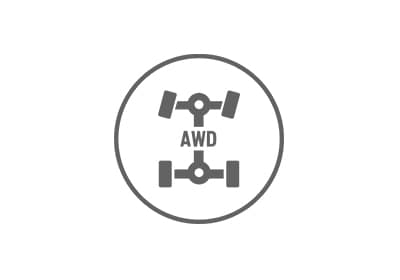
AWD
All-wheel drive systems constantly monitor the conditions and sends power and torque to each wheel individually for traction control best suited to the environment at any given time.
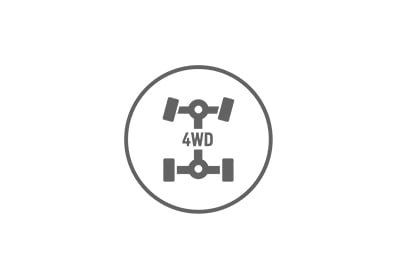
4WD
Four-wheel drives are made for the extreme, designed to send torque to all four wheels. 4WD SUVs are tougher, more robust and provide more control when up against rugged terrain and difficult driving conditions.

4X4
While all 4x4 vehicles have a 4WD system, not all 4WD vehicles are 4x4. A 4x4 refers directly to the number of wheels on any given vehicle and how many of them can be powered at the one time.
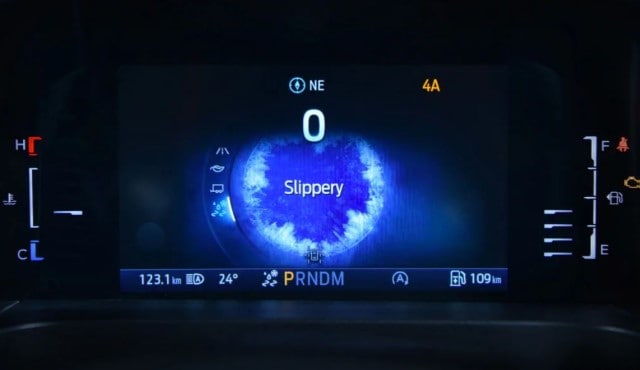
Do I need a 4x4 to go off-road?
You can take both a 4WD and an AWD off-road with ease. 4WD SUVs are generally built for better control and grip in tougher conditions, rock crawling and mudding. That’s not to say AWD won’t perform well in lighter off-road conditions, gravel paths, icy tracks and firm beach sand. It’s important to know your drive modes before heading off-road.
Ford’s best SUV for off-roading
Purpose-built capability designed for the toughest terrain and highest of climbs. Built for you to carve your own path, the Ford Everest is our most rugged and capable SUV.
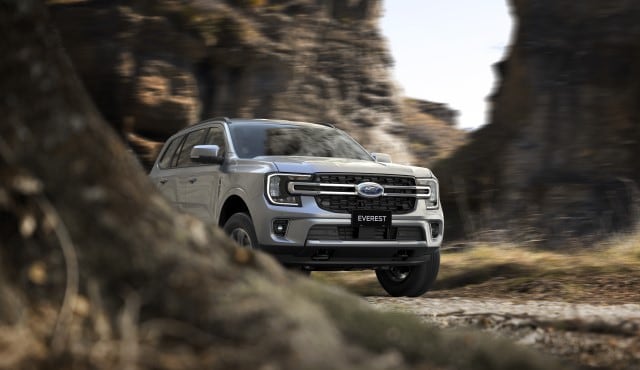
Different terrain, different techniques
Depending on where you go there are different things to consider when you’re getting off-road. Check the terrain ahead and employ the right driving technique for the conditions.

Sand
Reducing tyre pressure increases traction and prevents your tyres from sinking into the sand. As you increase your speed your tyres will float higher above the sand and require less engine effort to maintain momentum.

Water Wading
Check your vehicle’s maximum water wading depth, Everest’s is 800mmSteady Speed. Open your windows fully in case of emergency and enter the crossing in first or second gear, keeping your speed steady to maintain momentum.

Snow
If you’re driving diesel, be sure to fill your tank with alpine-mix fuel to prevent the fuel system from freezing under the conditions. Some states in Australia require drivers to carry chains at all times when driving in the snow, check the restriction before you head up the mountain.

Rock crawl
Know your vehicle’s ground clearance before you head over large rocks and boulders. Maintain momentum by driving at a consistent speed and use the Terrain Management SystemActivate Rock Mode to ensure that you have the right amount of power and torque being sent across all four wheels for the conditions.

Hills
The Everest 4WD’s Hill Descent ControlDriver-assist-galley-tile uses the braking system to take you downhill at a fixed pace, with adequate traction and torque, so you can focus on steering. Hill Launch Assist, standard across all Ford SUVs, ensures you have a smooth start when you’re approaching a steep incline.

Mud & Ruts
Make sure your tyres are up to scratch before heading off-road in muddy conditions. Lowering the pressure allows for better traction and grip on the slippery terrain.